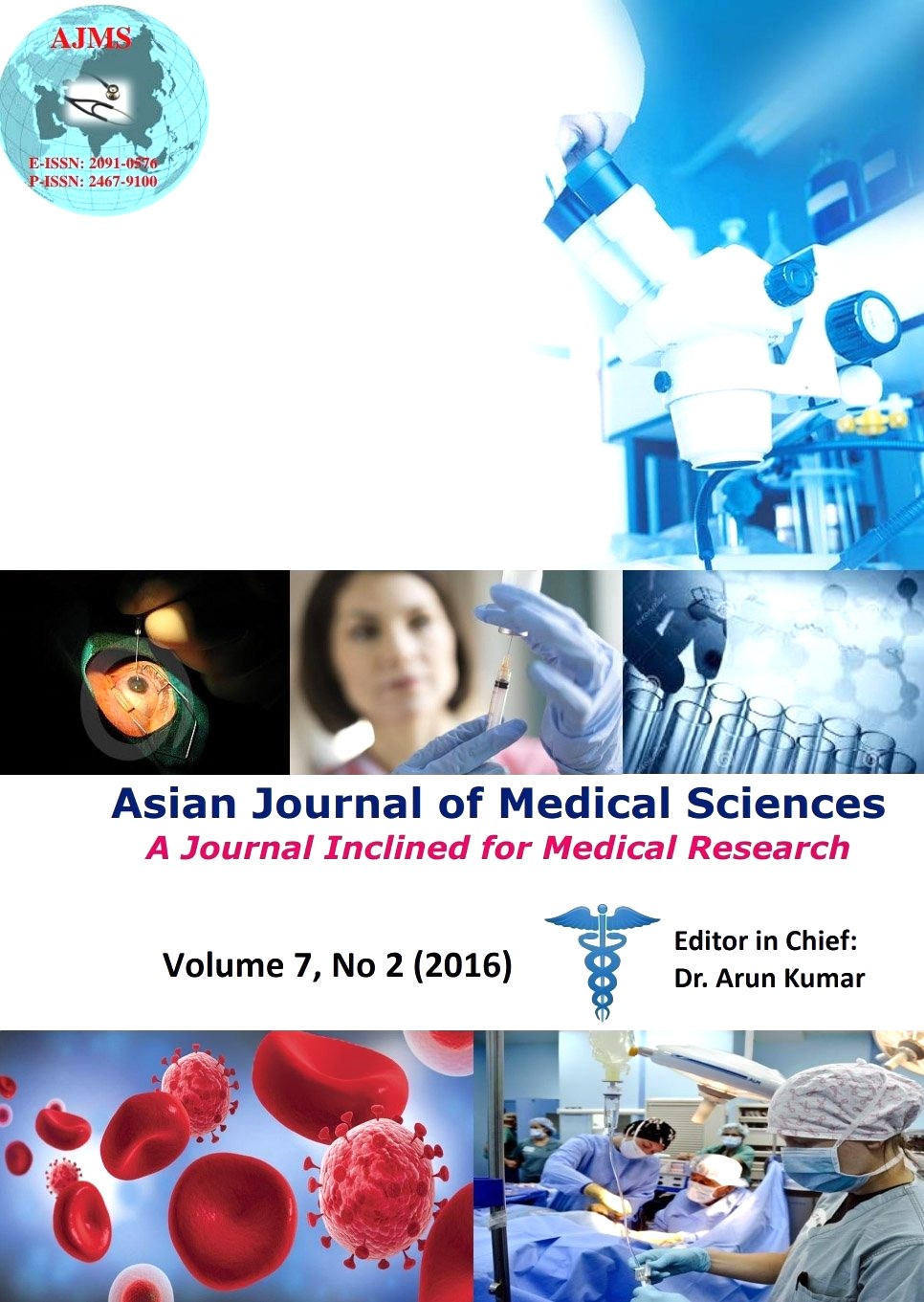Role of polyphenolic acetates and calreticulin induced hyperacetylation via epigenetic modulation on apoptosis in Ehrlich Ascites tumour mice model
Keywords:
Polyphenolic acetates (PAs), Ehrlich Ascites tumour (EAT), Calreticulin (CAL), Valproic acid (VA), 7, 8-Diacetoxy-4-Methyl Coumarin (DAMC), 6-Acetoxy Quinolone (6-AQ)Abstract
Objective: Role of Polyphenolic acetates (PAs) was studied to explore their ability to impart acetylation of histone protein by the novel mechanism of acetylation in Ehrlich Ascites tumour (EAT) mice model. Effect of HDAC inhibitor Valproic acid (VA) alone and in combination with Polyphenolic acetates and also Polyphenolic acetates along with Calreticulin (CAL) induced hyperacetylation causing modulation of apoptosis was also investigated in view of possibility to develop target oriented combination therapy in cancer.
Materials and Methods: EAT mice model was established. EAT mice were treated with different PAs, VA and purified, recombinant calreticulin and their combinations by Intra peritoneal route (I.P) which induced transacetylation of histones resulting in apoptosis. After 26 hrs of the above treatment, 2ml of peritoneal fluid was aspirated from mice of all the above groups. The peritoneal fluid was studied for the amount of acetylated histone proteins by Western blotting using commercially available specific Anti- Acetyl Histone (Ac-Lys) Antibodies and extent of apoptosis in peritoneal cells by Flow-Cytometry and fluorescence microscopy.
Results: The number of apoptotic cells were represented by the Median (25th, 75th percentile) clearly illustrates significant increase in the no. of apoptotic cells in both PAs viz. 7,8-Diacetoxy-4-Methyl Coumarin (DAMC) and 6-Acetoxy Quinolone (6-AQ) and their combinations with CAL and VA as compared to DMSO control group and the maximum no. of apoptotic cells were observed in Group DAMC+CAL+VA. Increased extent of histone protein acetylation was observed by Western blotting using specific Anti- Acetyl Histone (Ac-Lys) Antibodies.
Conclusion: PAs alone and also synergistically with CAL and VA are potential drug candidates for Cancer therapy.
Asian Journal of Medical Sciences Vol.7(2) 2015 13-20
Downloads
Downloads
Additional Files
- IAEC Animal Ethics Committe VPCI Ethical Clearance
- Role of Polyphenolic Acetates and Calreticulin induced Hyperacetylation via Epigenetic Modulation on Apoptosis in Ehrlich Ascites Tumour Mice Model ABSTRACT
- TABLES AND FIGURES WITH LEGENDS
- Role of Polyphenolic Acetates and Calreticulin induced Hyperacetylation via Epigenetic Modulation on Apoptosis in Ehrlich Ascites Tumour Mice Model
Published
How to Cite
Issue
Section
License
Authors who publish with this journal agree to the following terms:
- The journal holds copyright and publishes the work under a Creative Commons CC-BY-NC license that permits use, distribution and reprduction in any medium, provided the original work is properly cited and is not used for commercial purposes. The journal should be recognised as the original publisher of this work.
- Authors are able to enter into separate, additional contractual arrangements for the non-exclusive distribution of the journal's published version of the work (e.g., post it to an institutional repository or publish it in a book), with an acknowledgement of its initial publication in this journal.
- Authors are permitted and encouraged to post their work online (e.g., in institutional repositories or on their website) prior to and during the submission process, as it can lead to productive exchanges, as well as earlier and greater citation of published work (See The Effect of Open Access).




